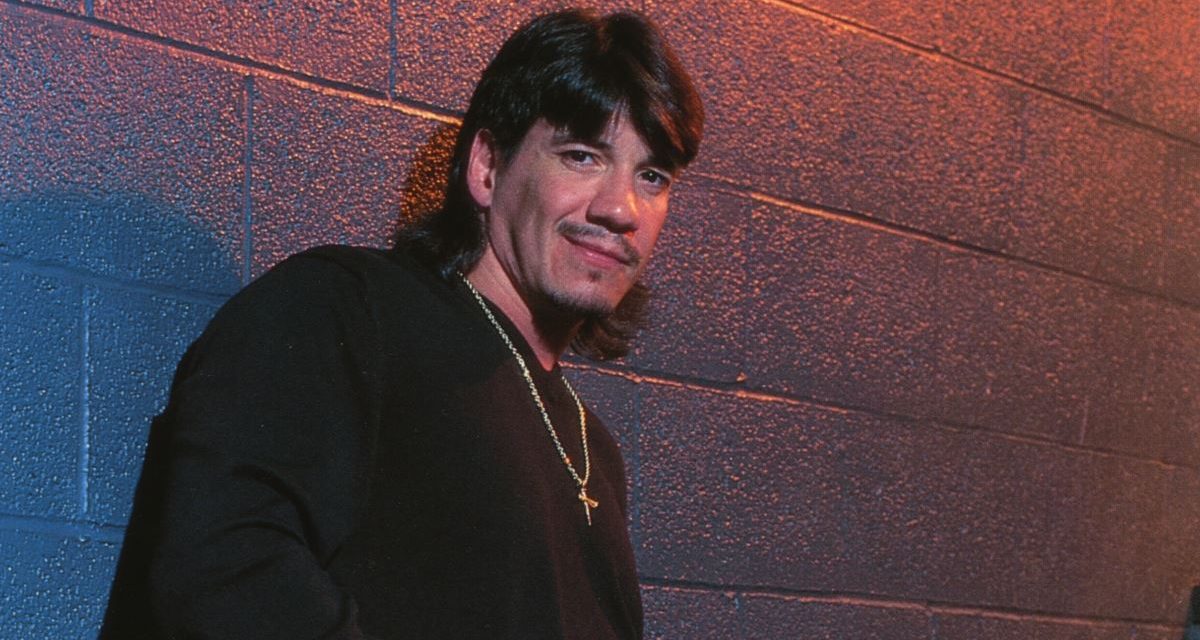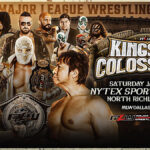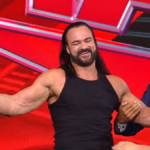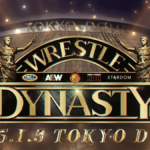WWE pulled a double whammy in early 2007 when they were awarded the Wrestling Observer‘s “Most Disgusting Promotional Tactic” and Wrestlecrap’s “2006 Gooker Award” for the exploitation of Eddie Guerrero’s death.
Dave Meltzer, editor of the Observer, said the angle “rates among the lowest angles in wrestling history, and consider the magnitude of that statement.”
The angle received 92% of the votes in that category (voted by Observer readers), making it a runaway winner. What is most surprising is that second place was an angle in which Savio Vega stabbed the Invader (Jose Gonzales) for Puerto Rico’s IWA promotion, an angle based on the real life death of Bruiser Brody by the Invader in 1988.
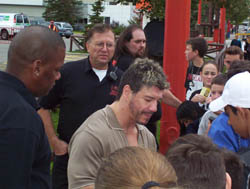
Eddie Guerrero signs autographs in September 2004 while in Calgary for a WWE show. Photo by Jason Clevett
Wrestlecrap.com simply called it “Eddiesploitation.” The angle was voted the winner by thousands of fans, but Randy Baer, who runs the web site under his pseudonym RD Reynolds, wishes he never offered it as a nominee for the award.
Guerrero’s death is “the most horrible of tragedies,” Baer wrote on his web site. “And yet, ironically, here I am writing about Eddy Guerrero’s passing as a WrestleCrap induction.”
Wrestlecrap’s web site provides a detailed description of some of the larger exploits of Guerrero’s death, including just two weeks after the death, Randy Orton destroying an “Eddie Guerrero Memorial Lowrider” with The Undertaker in back, exclaiming “I killed him. I killed the Undertaker!”
“It was so heavy handed early,” Meltzer told SLAM! Wrestling. “After a few months, you almost would get used to it and just figure there’s the exploiting Eddy’s death segment. But they continued on for nearly a year.”
SLAM! Wrestling asked Chris Benoit about his feelings about being a part of the continuing Guerrero storyline — battling Eddie’s nephew Chavo, who has Eddie’s widow Vickie at his side — at a WWE press conference on February 2.
“I don’t believe it exploits the death of Eddy Guerrero,” Benoit told SLAM! Wrestling. “I don’t see it that way.”
And that was all he had to say.
Meltzer disagrees. “I think the worst part is I’m wondering if they really understood how that played to the average person watching.”
In the newsletter, Meltzer talked about past wrestling deaths being exploited, specifically deaths in the Von Erich family during the 1980s. Texas’ Von Erich family would promote shows and angles based on the health and death of those in their family. The key difference Meltzer noticed was the length the WWE has taken angles involving Guerrero.
“Von Erichs would only do stuff like that for a big show, and for a few weeks at a time. This was one year straight.”
And it has not stopped.
Trying to compare a similar instance in another sport or industry is difficult. Dale Earnhardt, like Guerrero, was one of the top names in his industry. Earnhardt was a NASCAR legend when he died in a racing accident on February 2001.
David Poole, who covers NASCAR for the Charlotte Observer, saw how the sport of NASCAR dealt with the death of Earnhardt. “I think NASCAR fans expected tracks to memorialize Earnhardt in some way, but the tracks knew there was a line they could not cross in seeming crass or overly opportunistic,” said Poole via email.
Although noting Earnhardt merchandise is one of the largest sellers to this day, Poole sees a difference in what the WWE and NASCAR is doing. “The first year after Earnhardt’s death, tracks dedicated grandstands and put up memorial displays in his honor. But they and the media didn’t build storylines around him on the track.”
NASCAR used Earnhardt’s death to improve conditions within the sport. New restraints in the cars and better padded walls on the tracks were a result of his death. They capitalized on awareness and safety and not ratings or money.
Guerrero died on November 13, 2005, and the autopsy report stated it was an “acute heart failure” which it been said was due to past steroid drug use. Guerrero was one of the best in-ring performers over the last 10 years.
WWE, to its credit, did implement a new drug policy in February 2006. This is WWE’s first strong drug policy since 1996. The policy was dropped in 1996 due to competition from World Championship Wrestling. If a wrestler was fired from the WWE due to drugs, WCW was happy to sign them. Today, WWE faces a similar situation with TNA.
“I can’t think of any business, or for that matter, any other wrestling company in history, that would come across to the general public as so low rent,” Meltzer said.
Over a year after Guerrero’s death, WWE continues angles involving his friends Rey Mysterio Jr., Chris Benoit, nephew Chavo Guerrero and wife Vickie. Although the angle has slowed down, as recent as this past Friday’s Smackdown, Vickie was interviewed.
“It seems WWE is very happy just continuing this story, dragging a great performer’s name through the mud ’til the end of time,” Baer wrote on his site. “And screw those who say it’s in bad taste; there’s money to be made.”
RELATED LINKS
